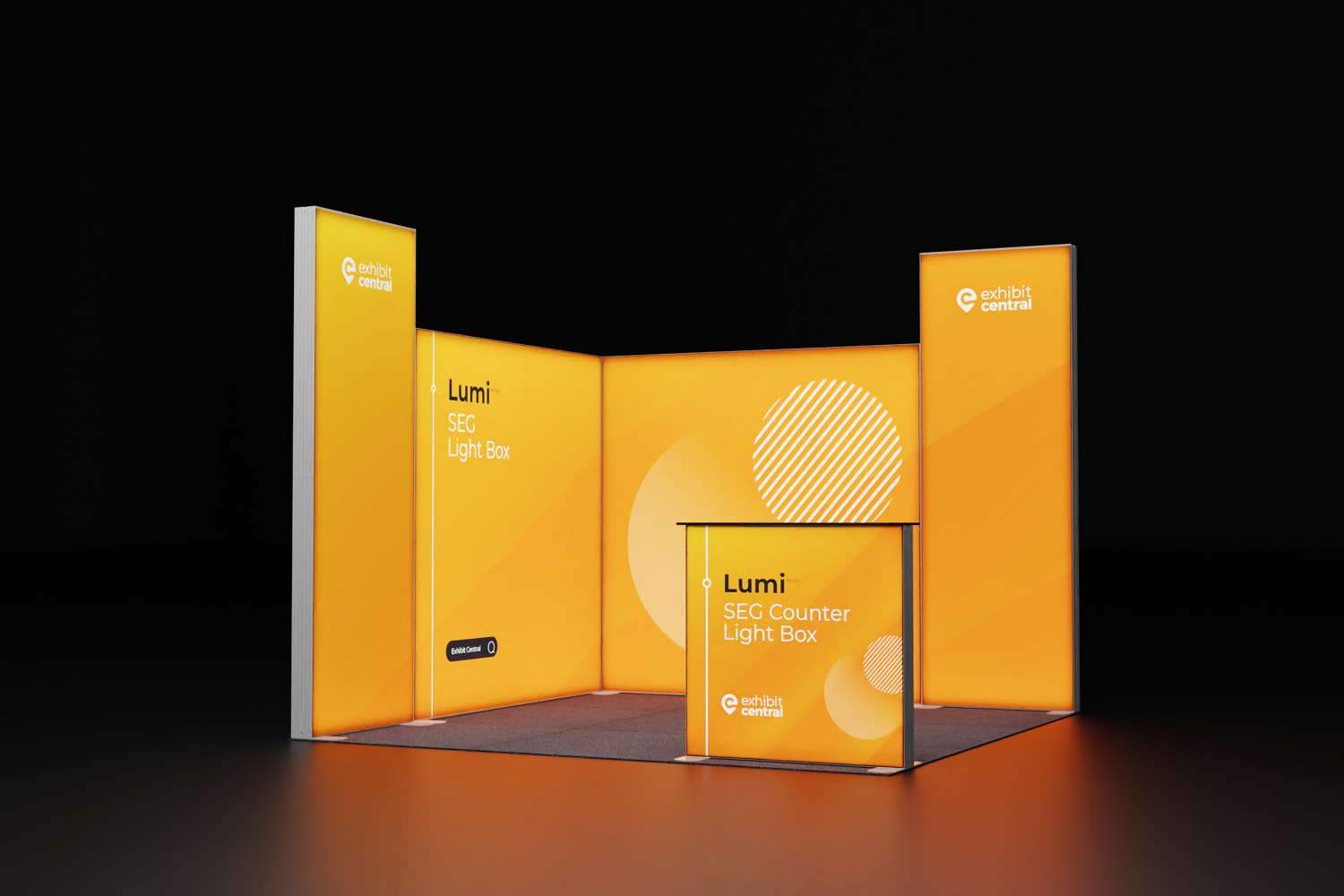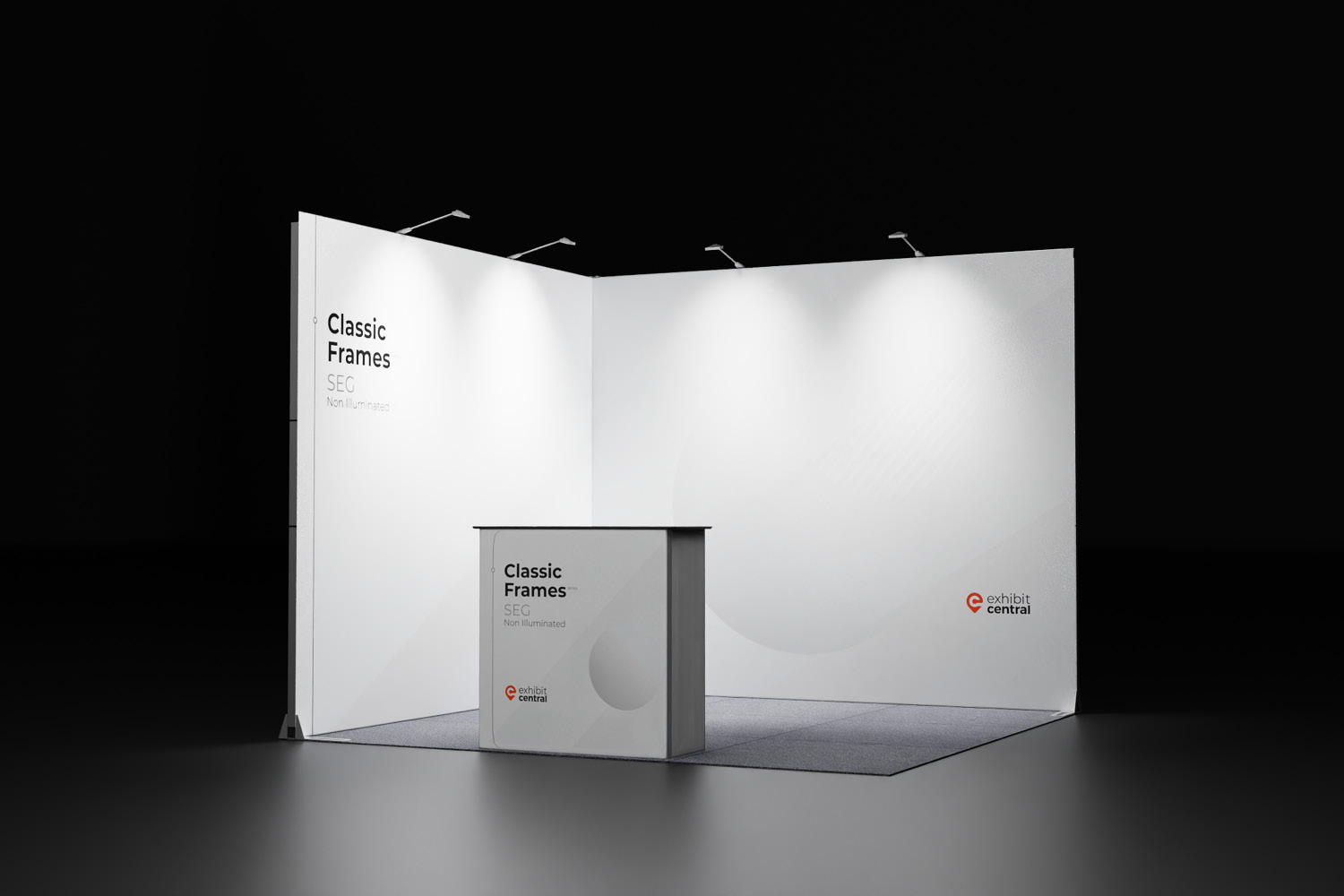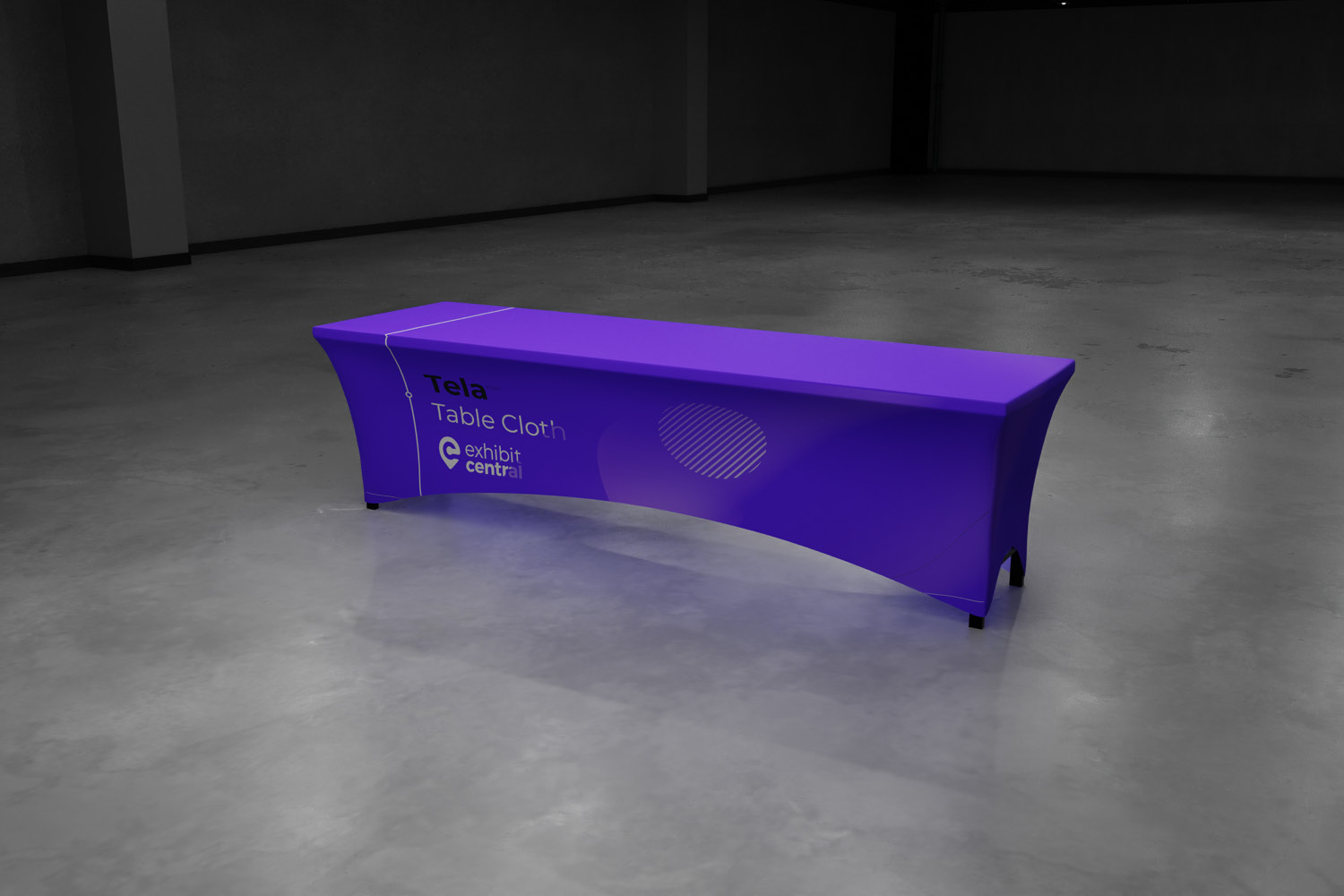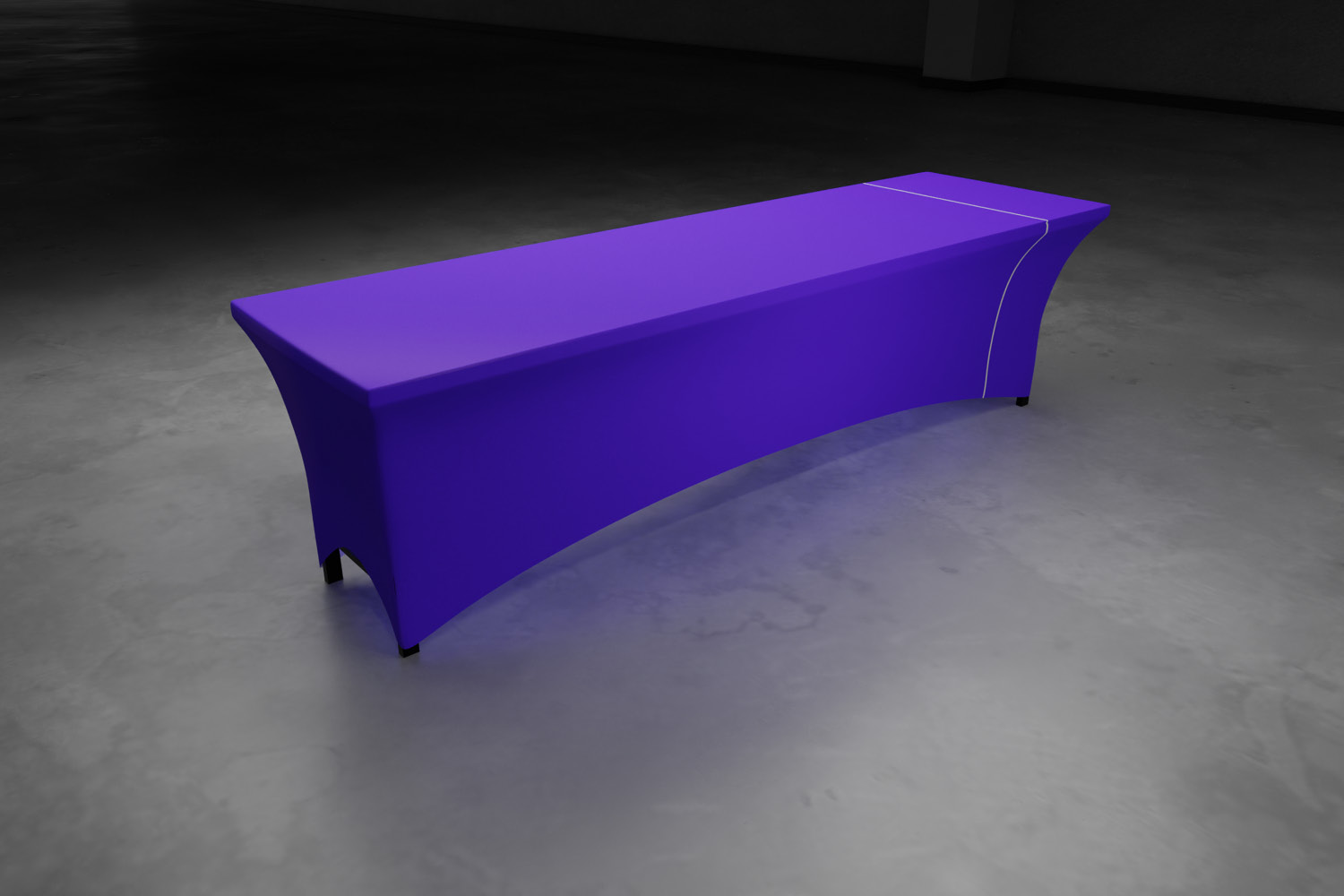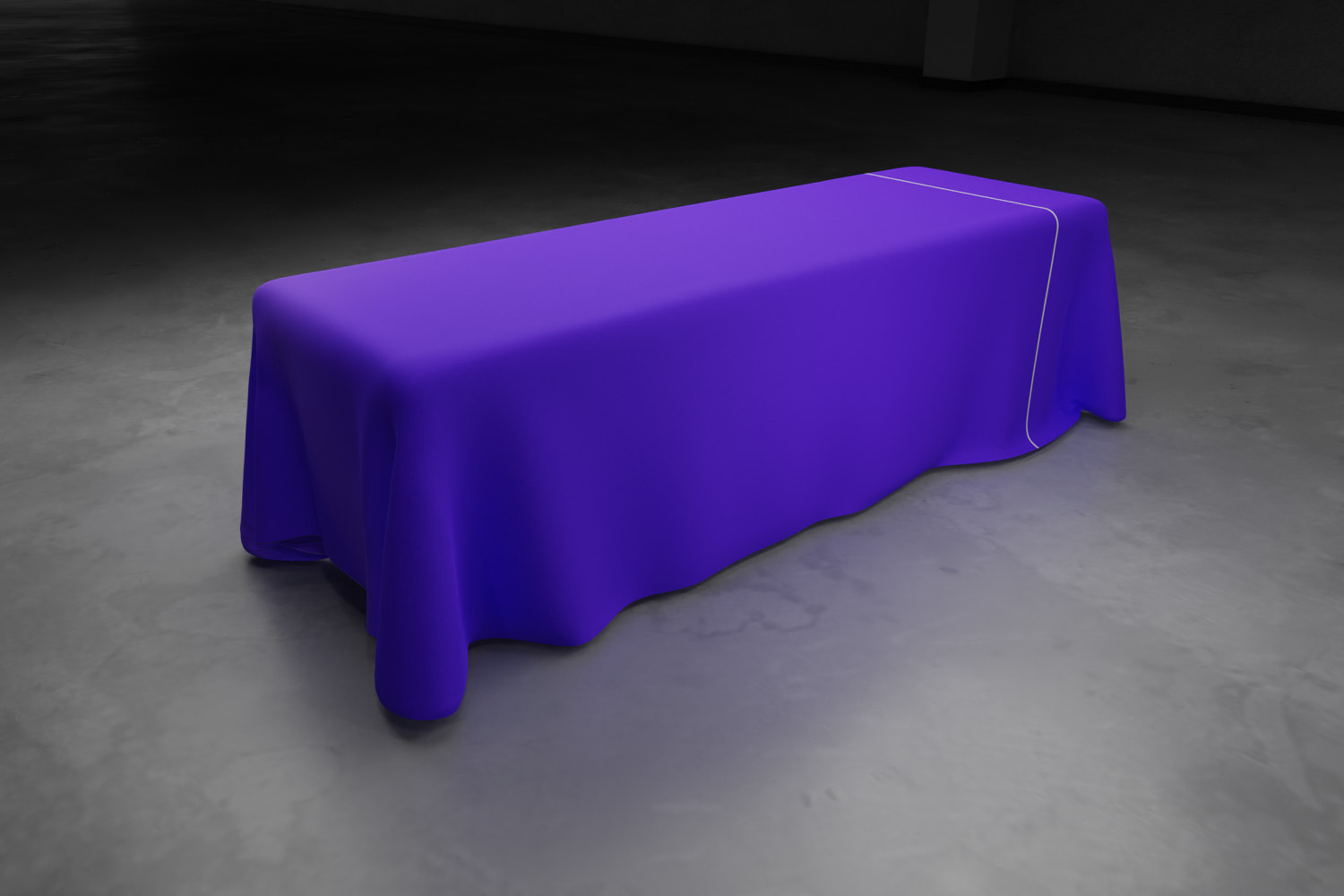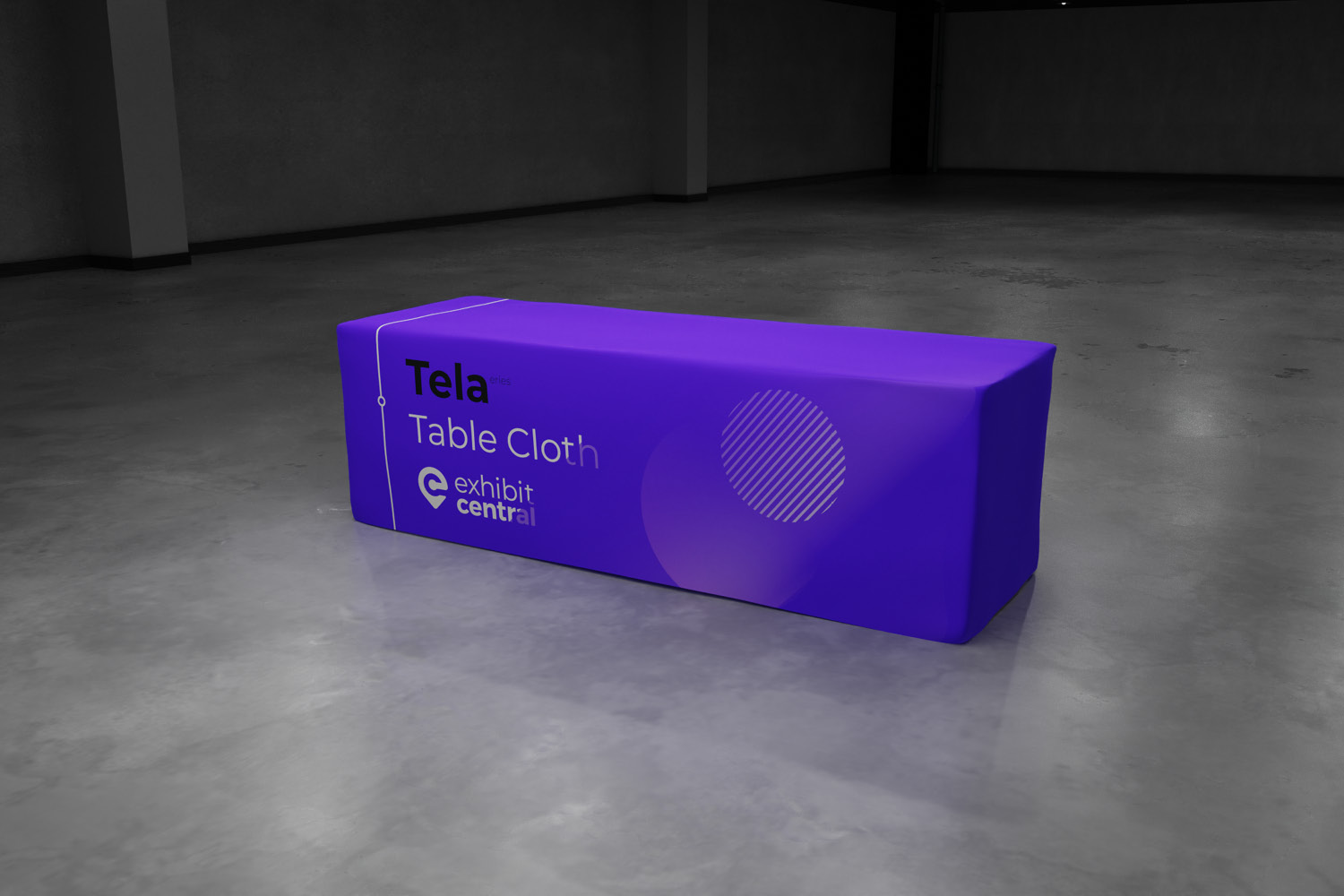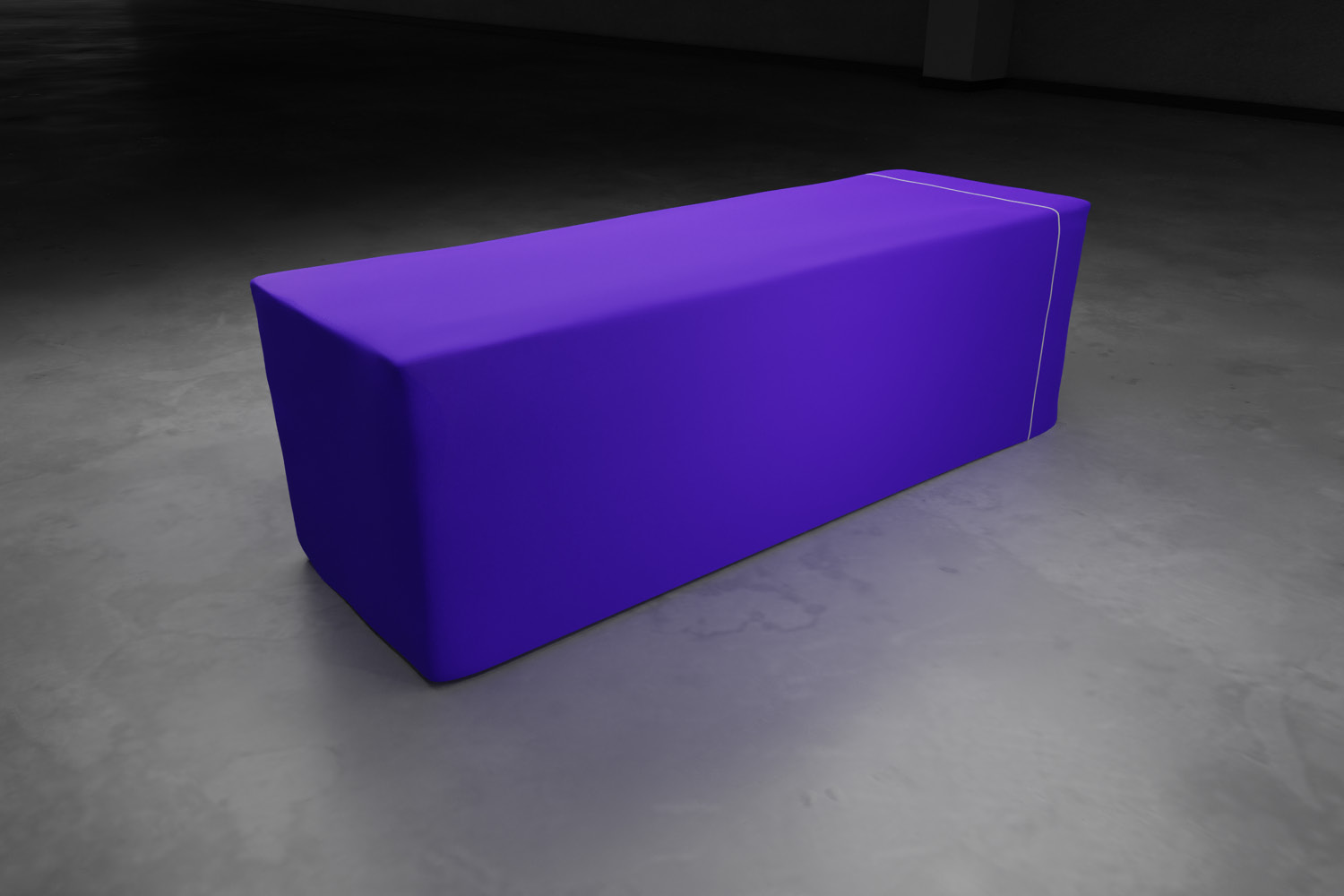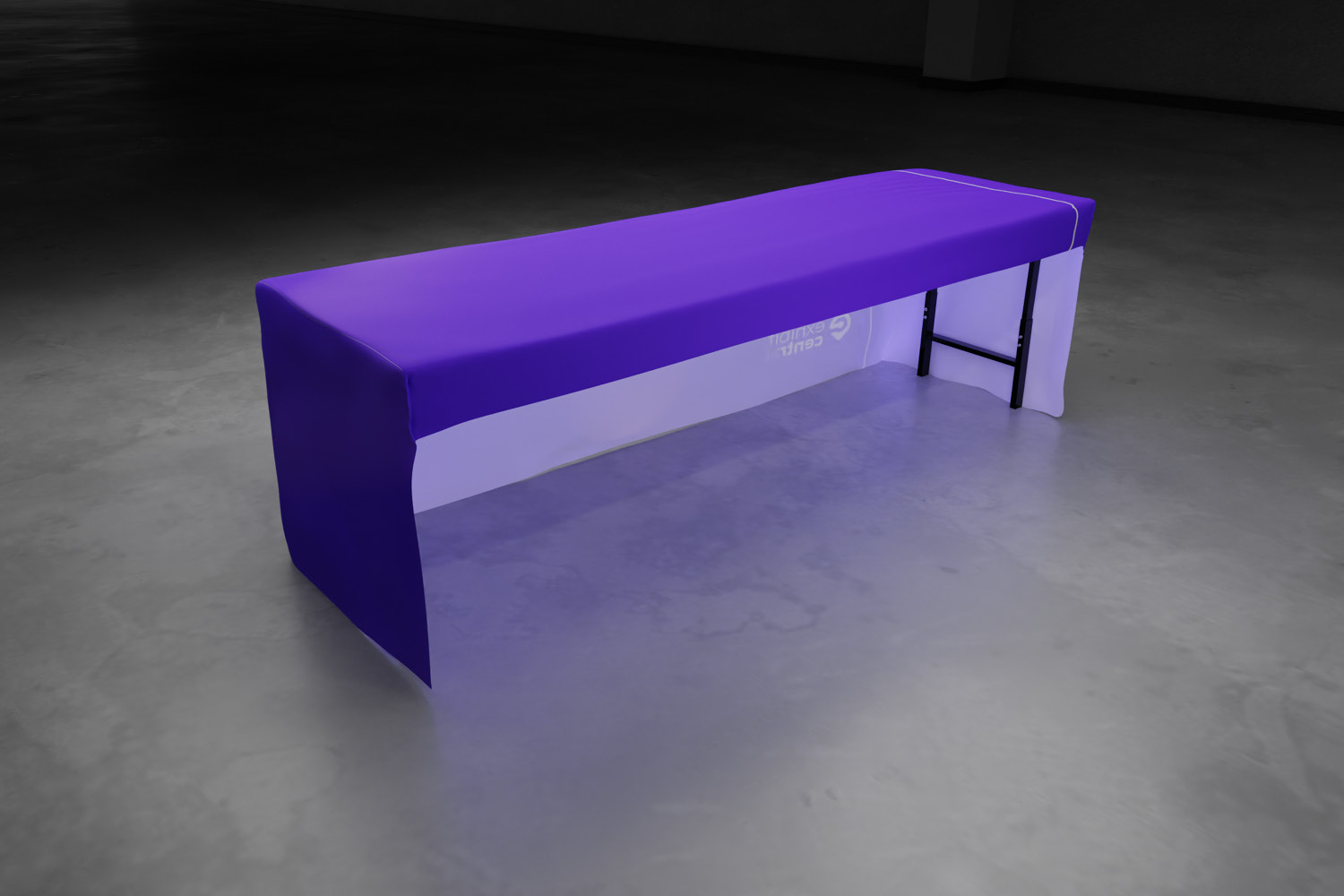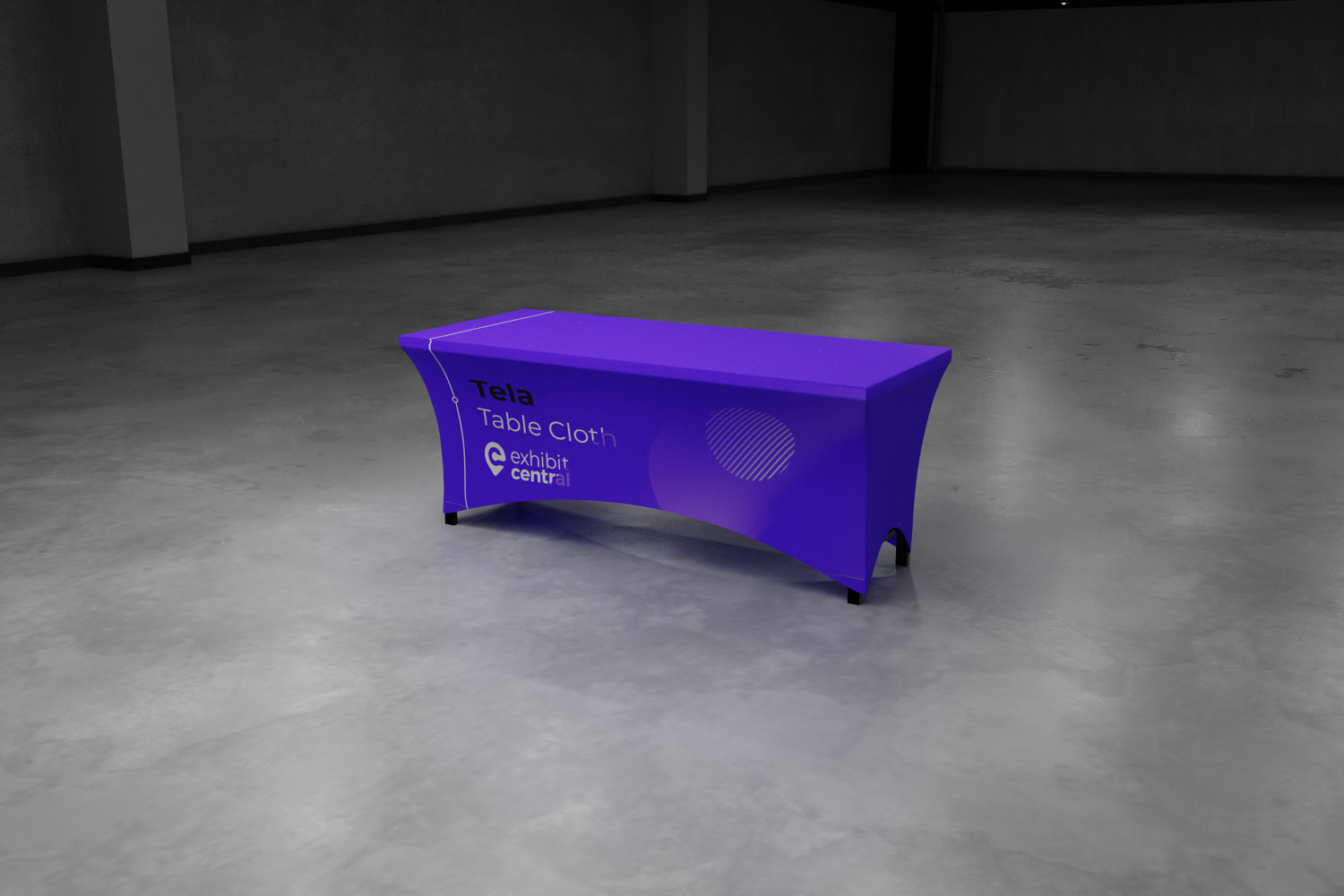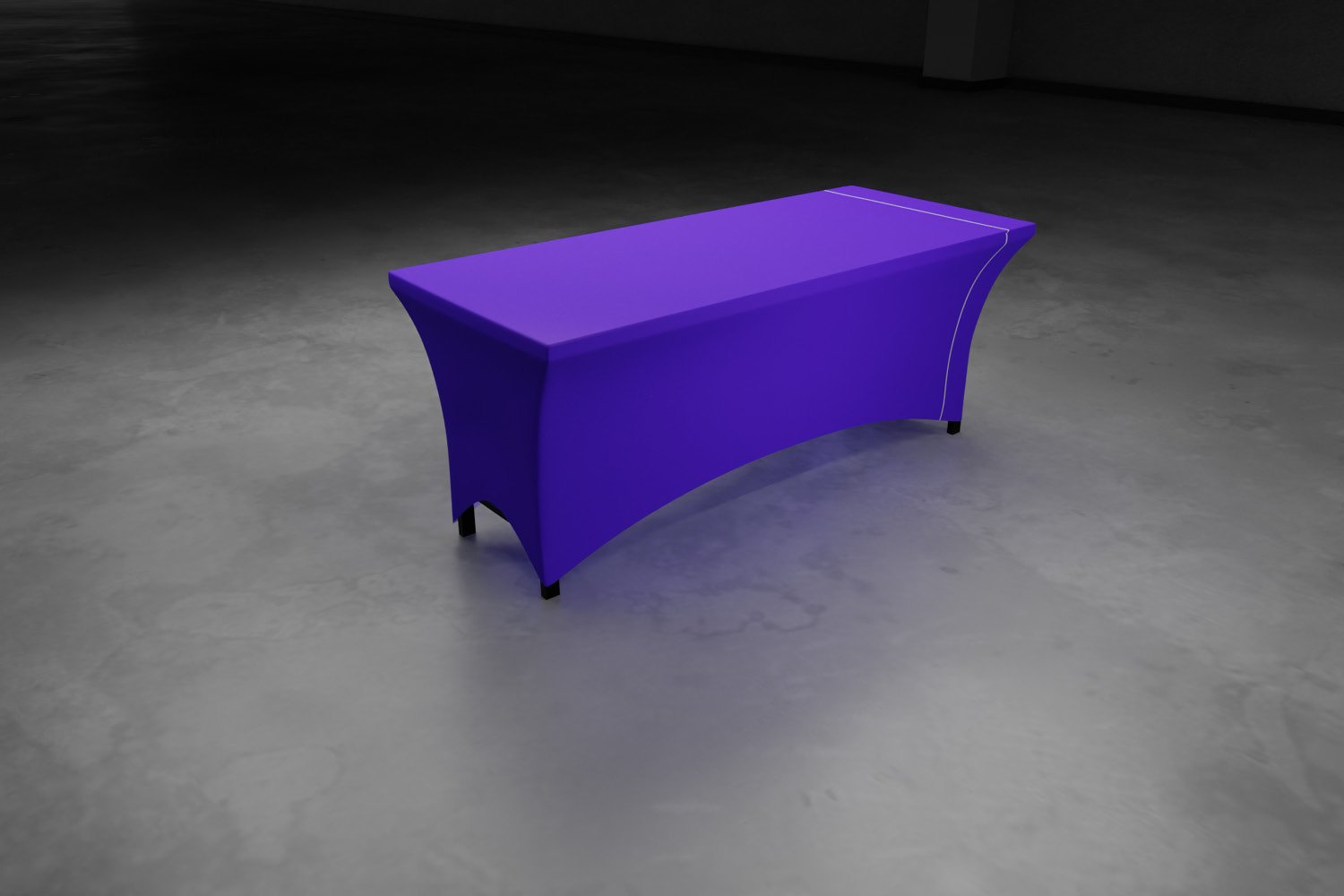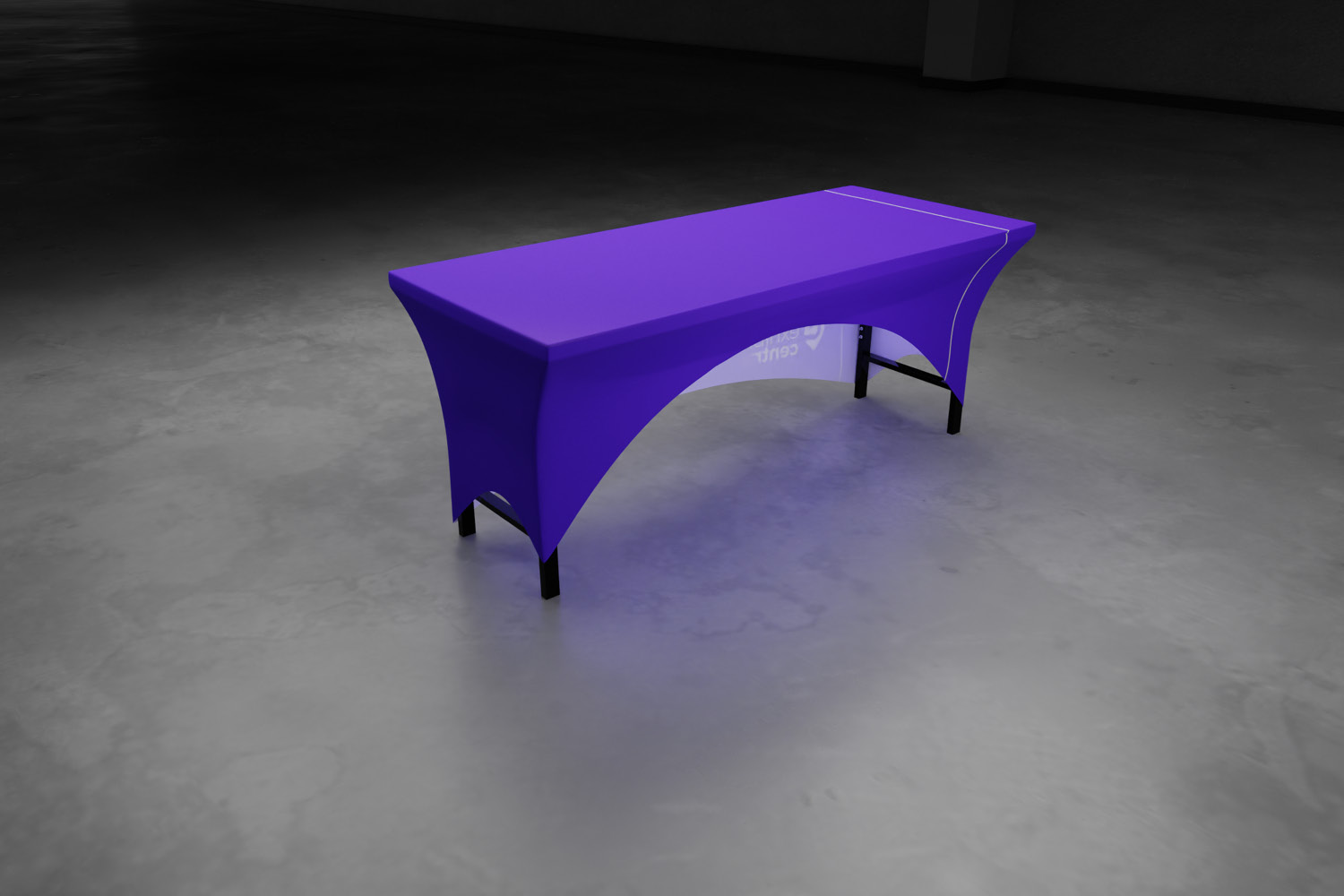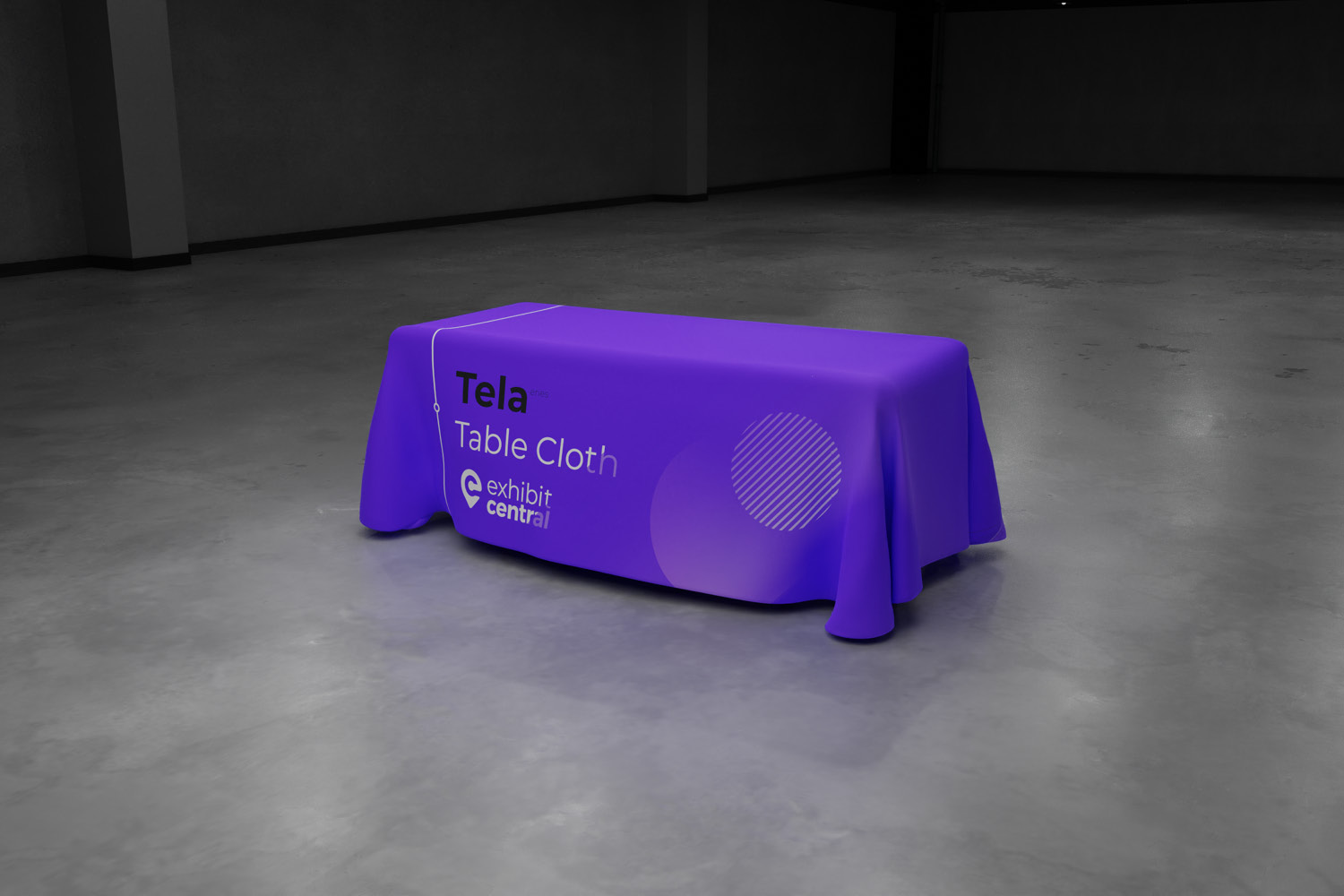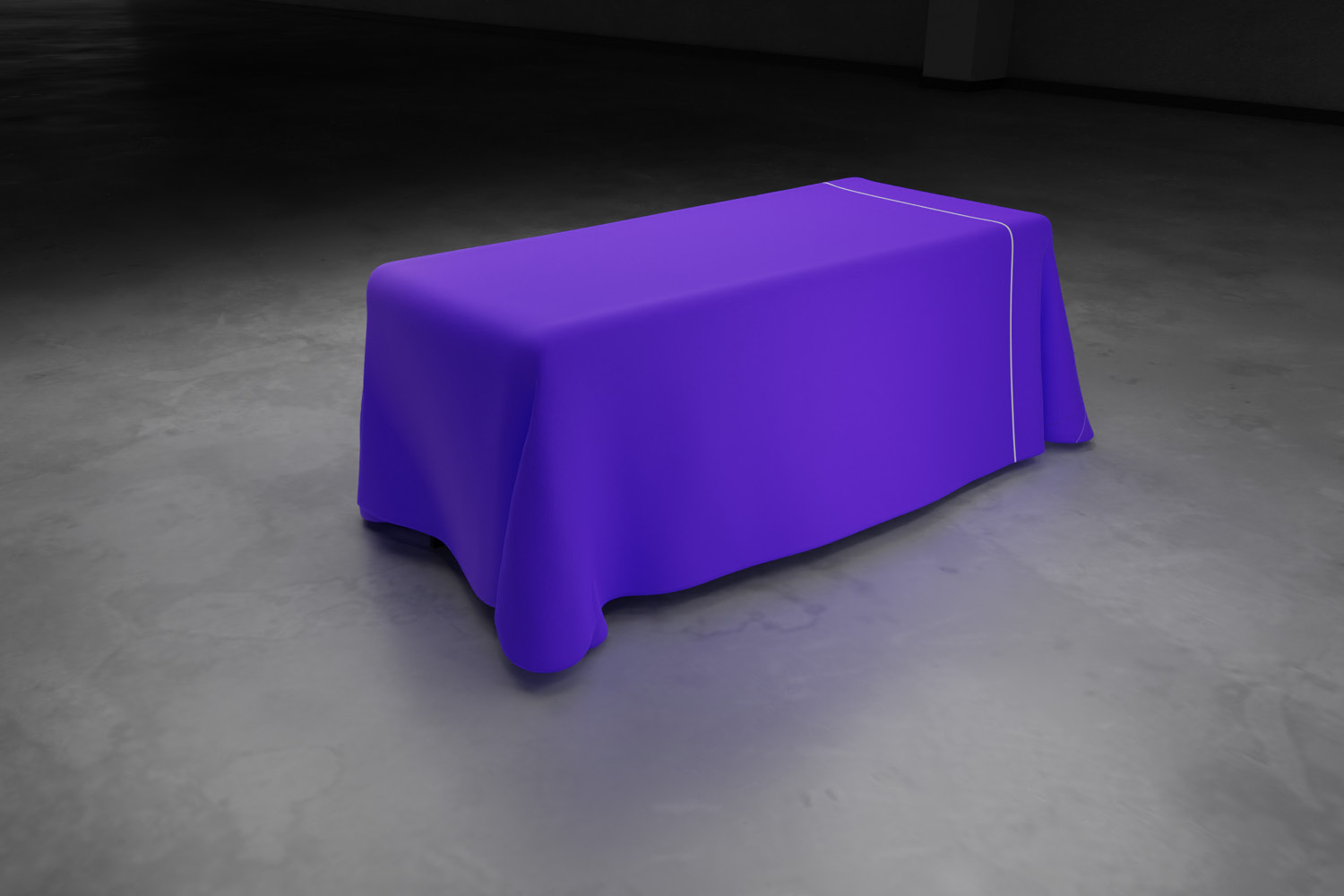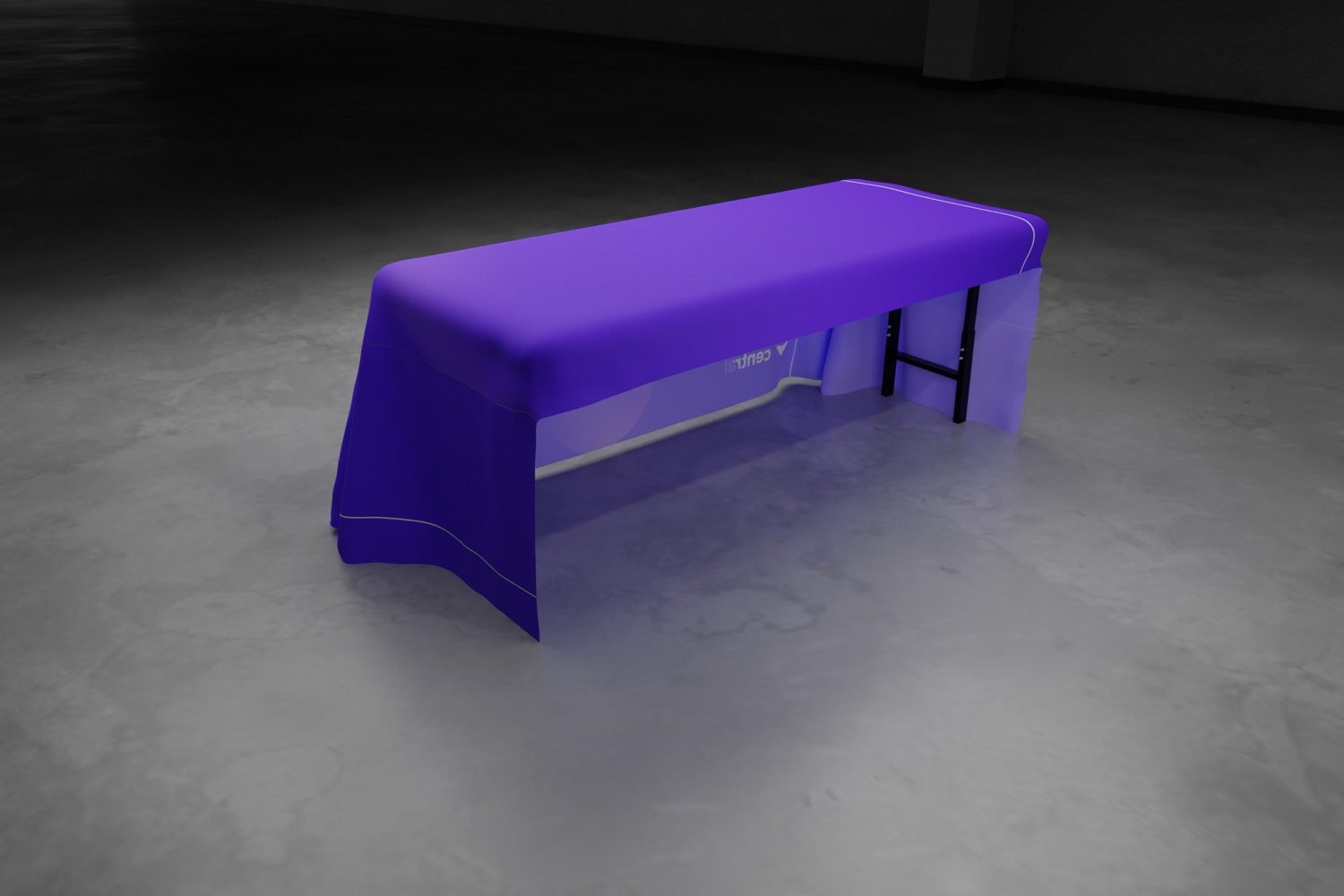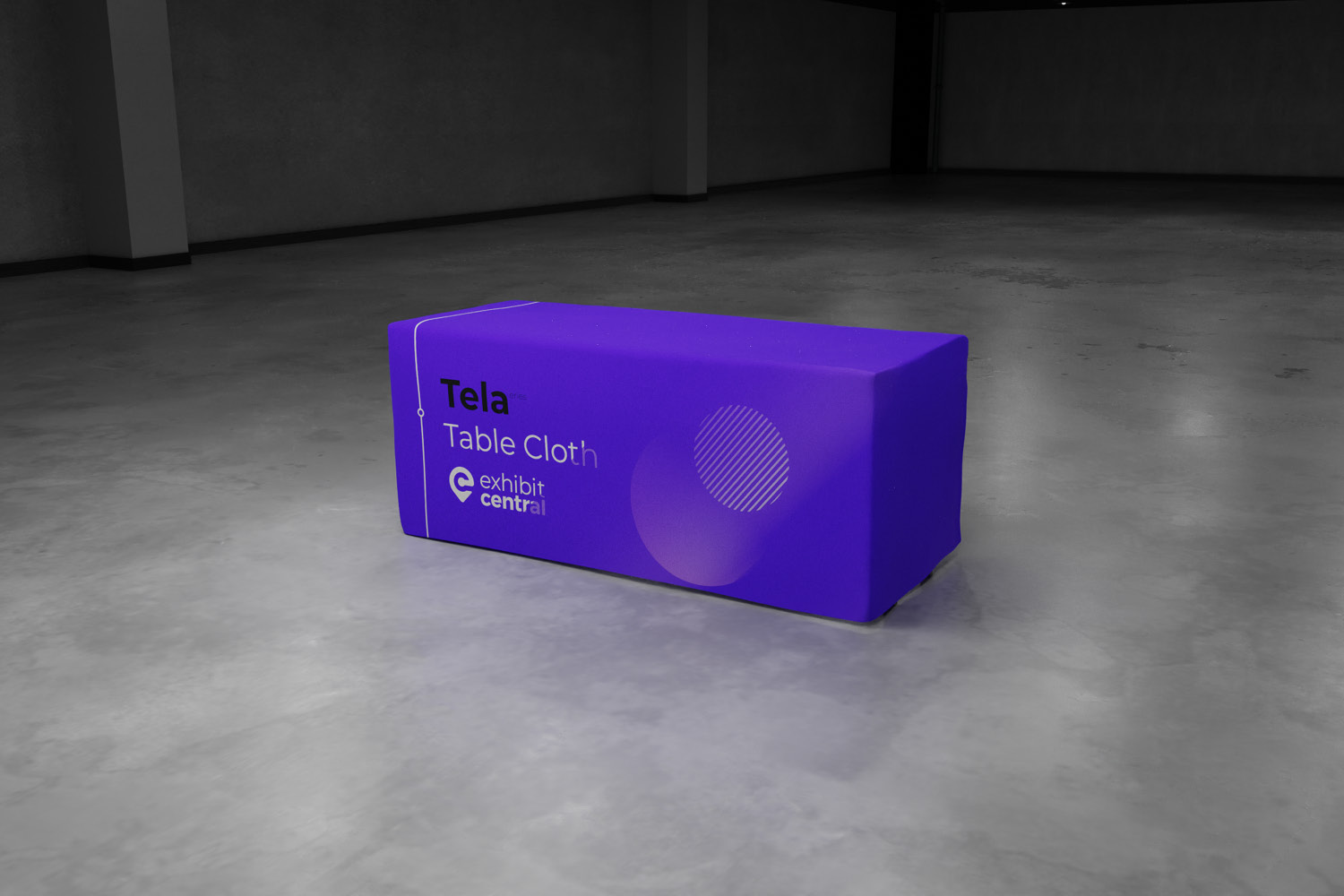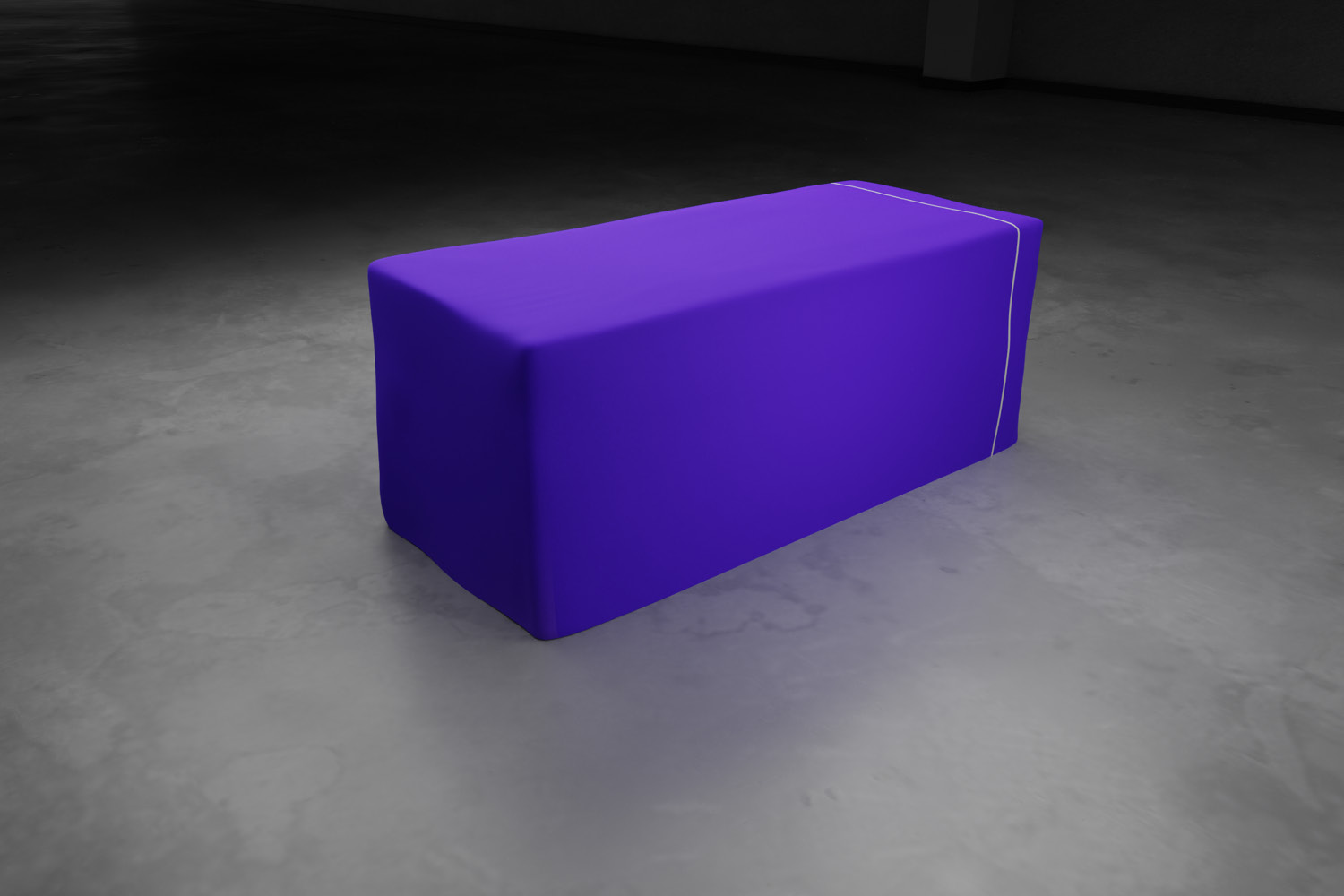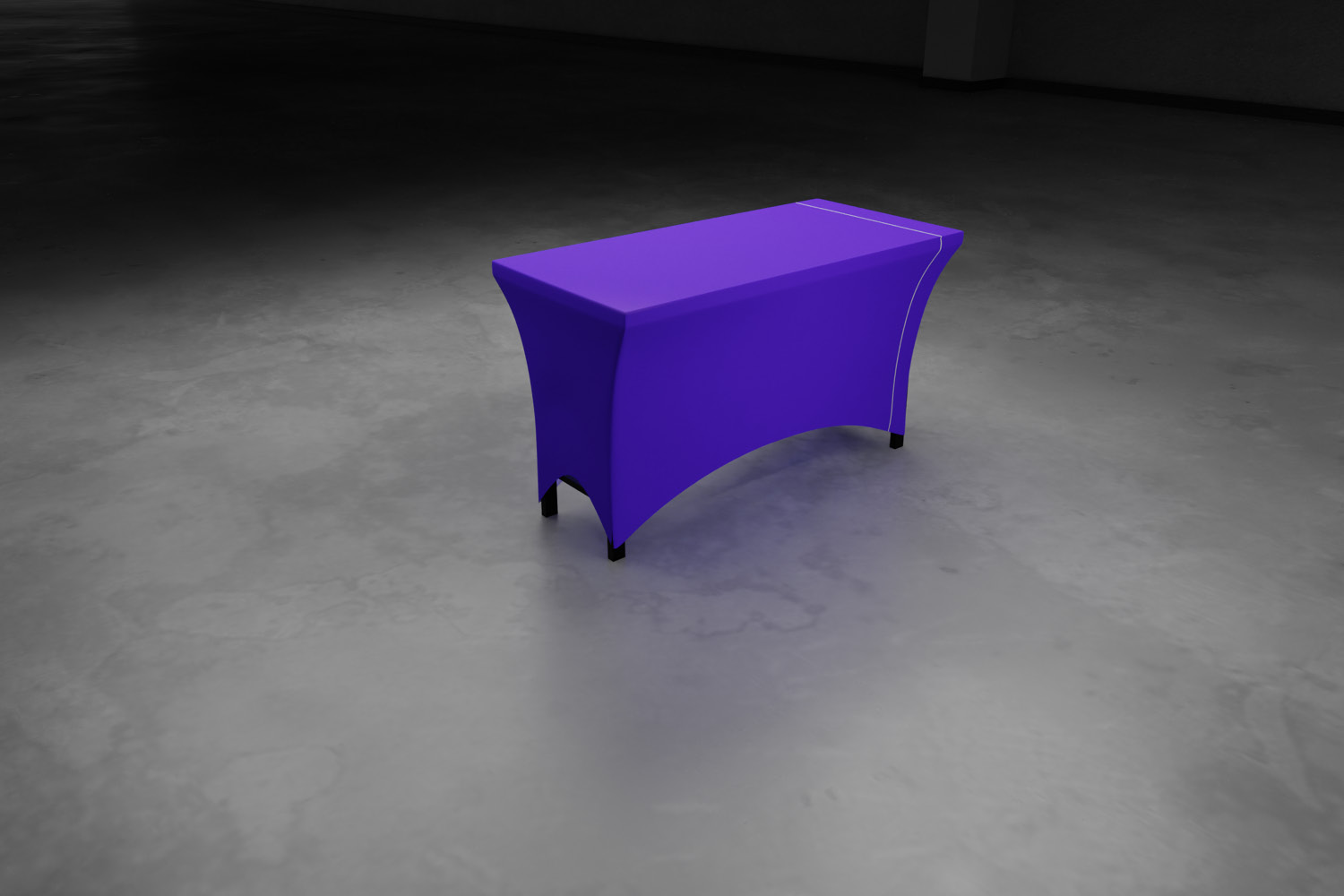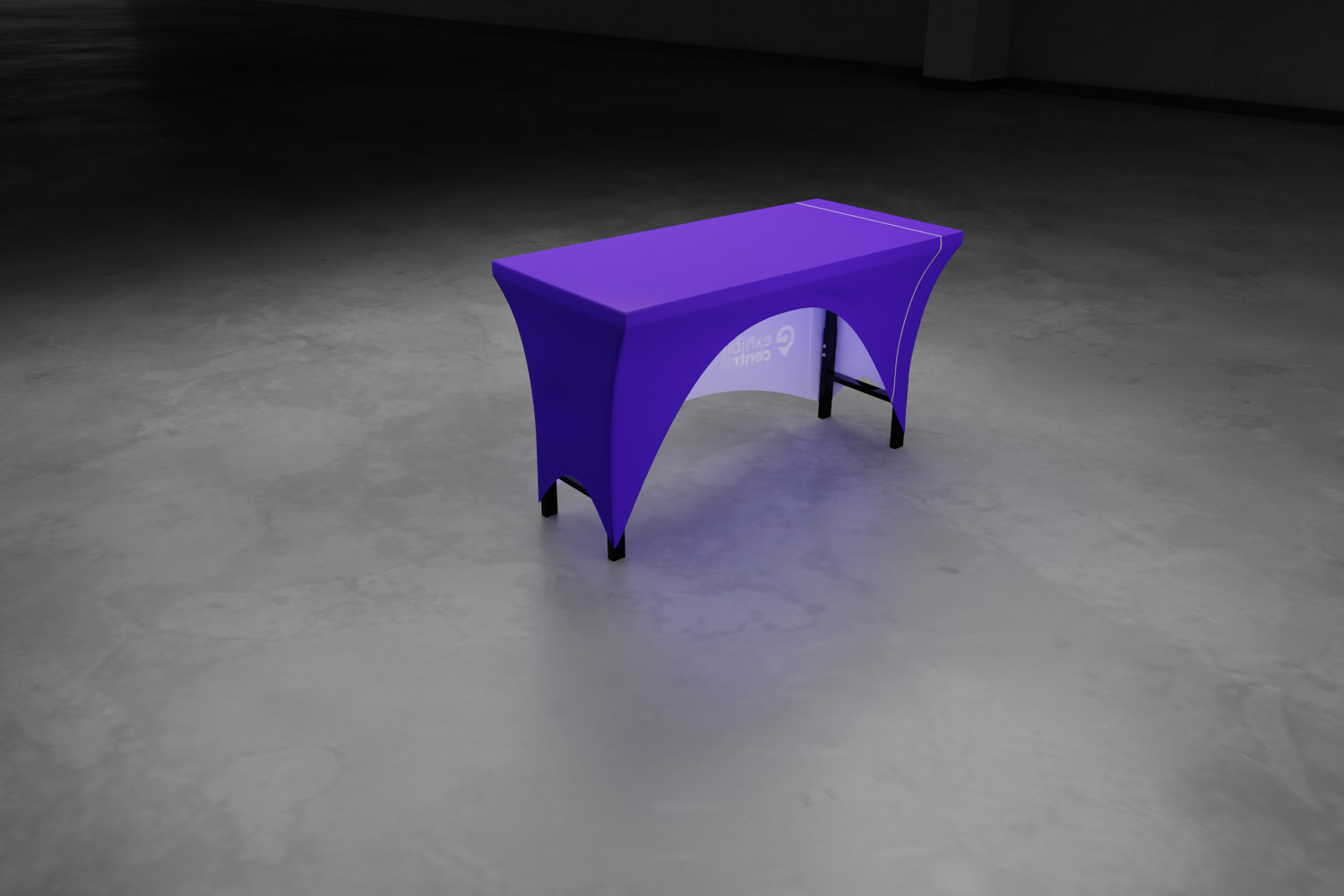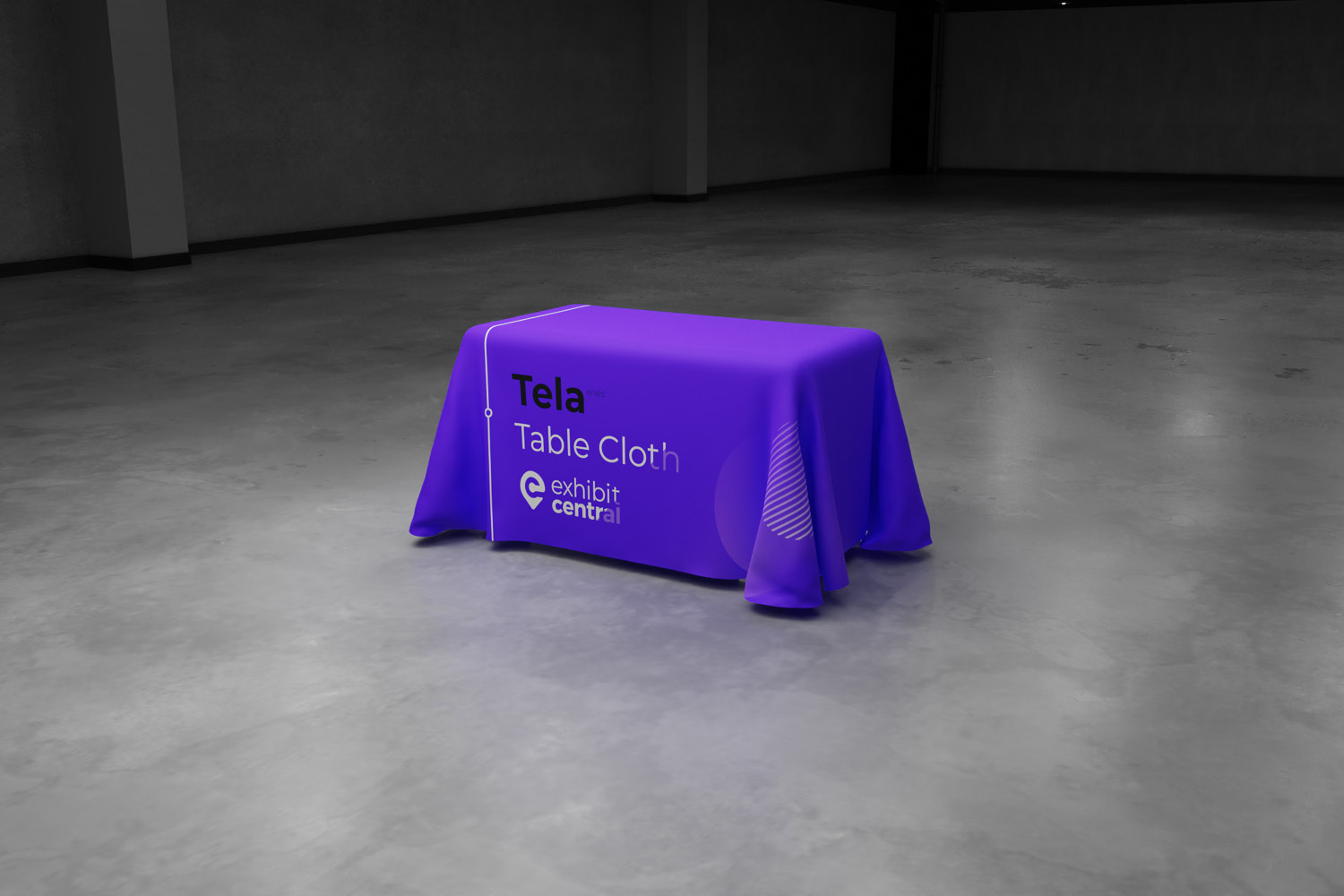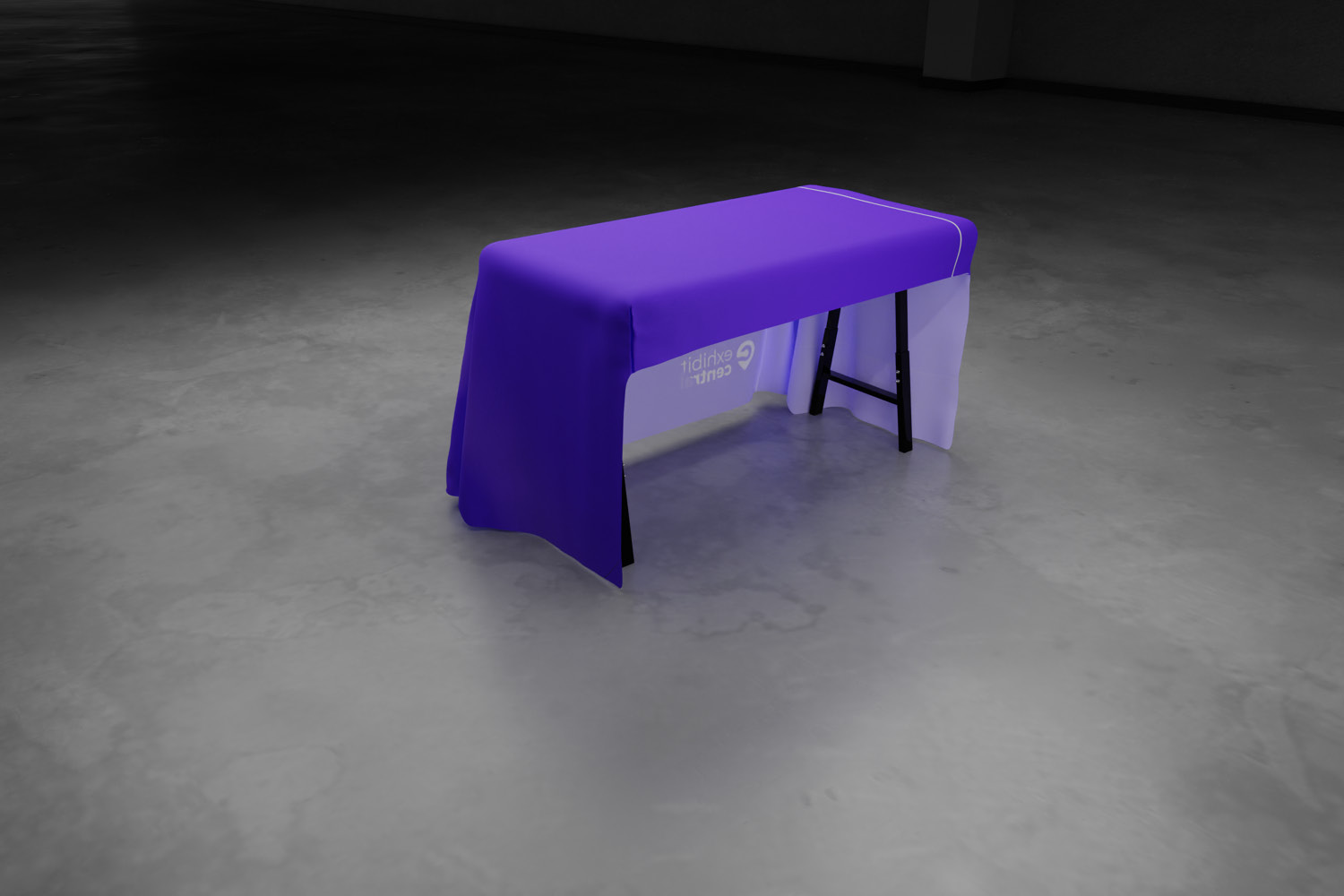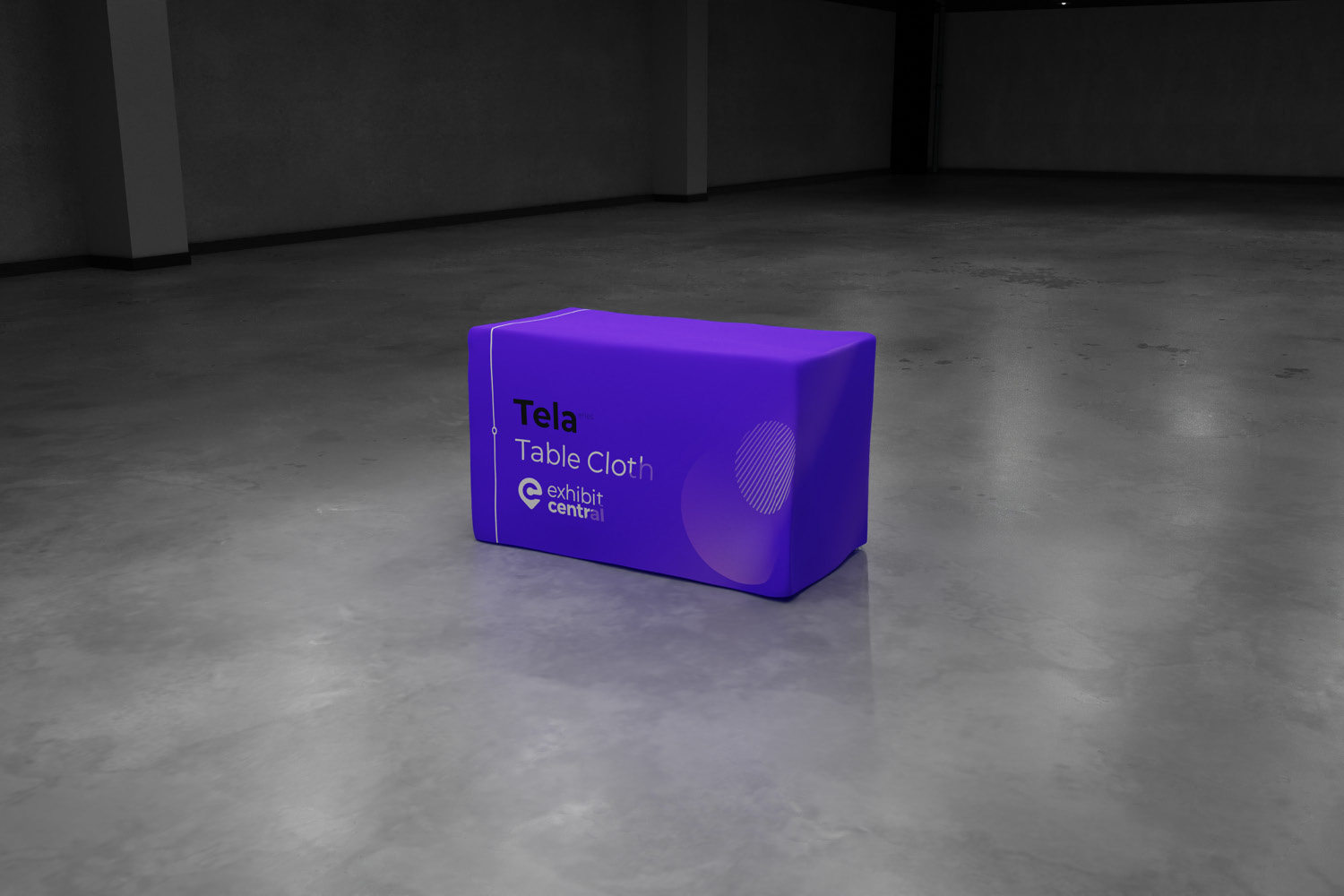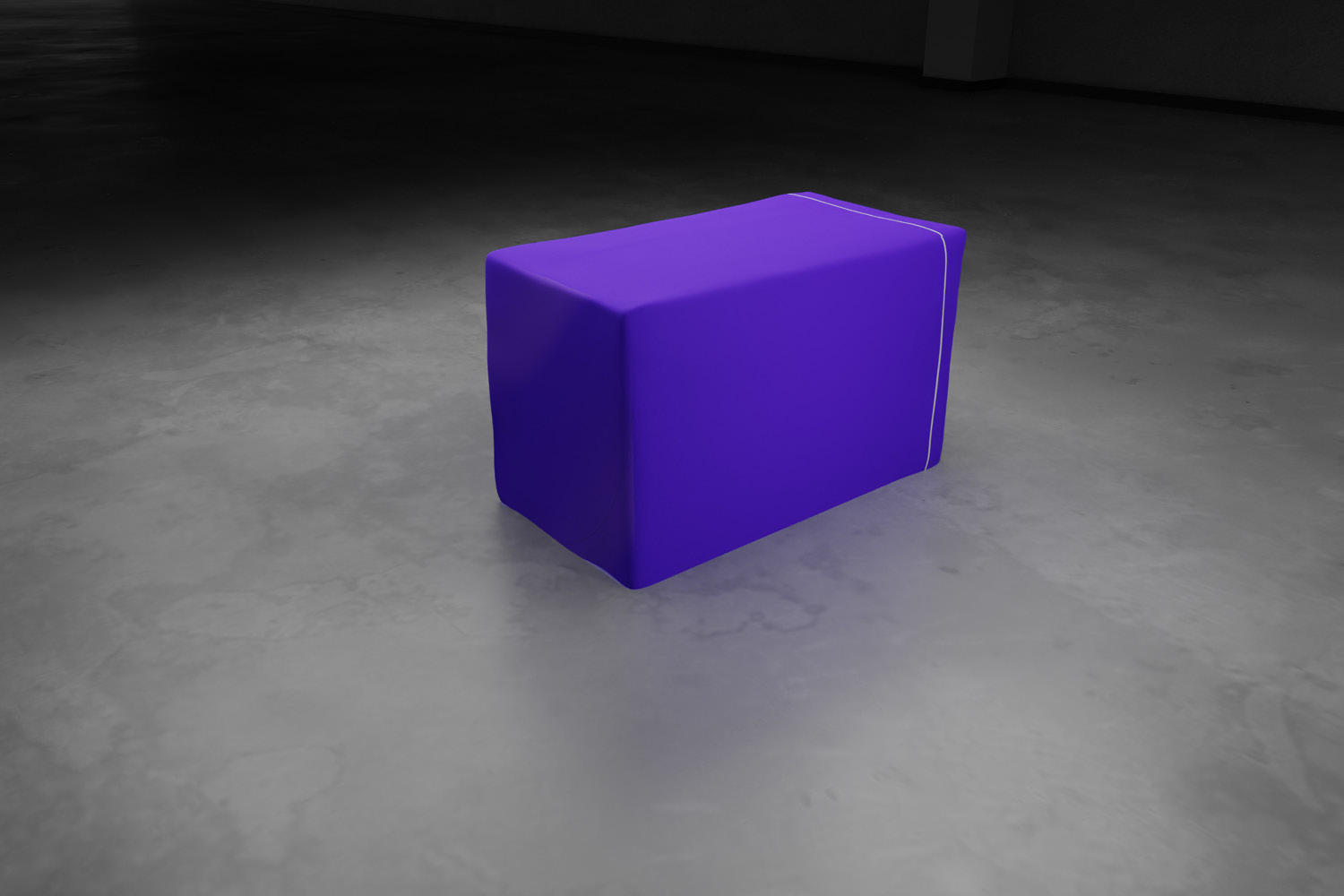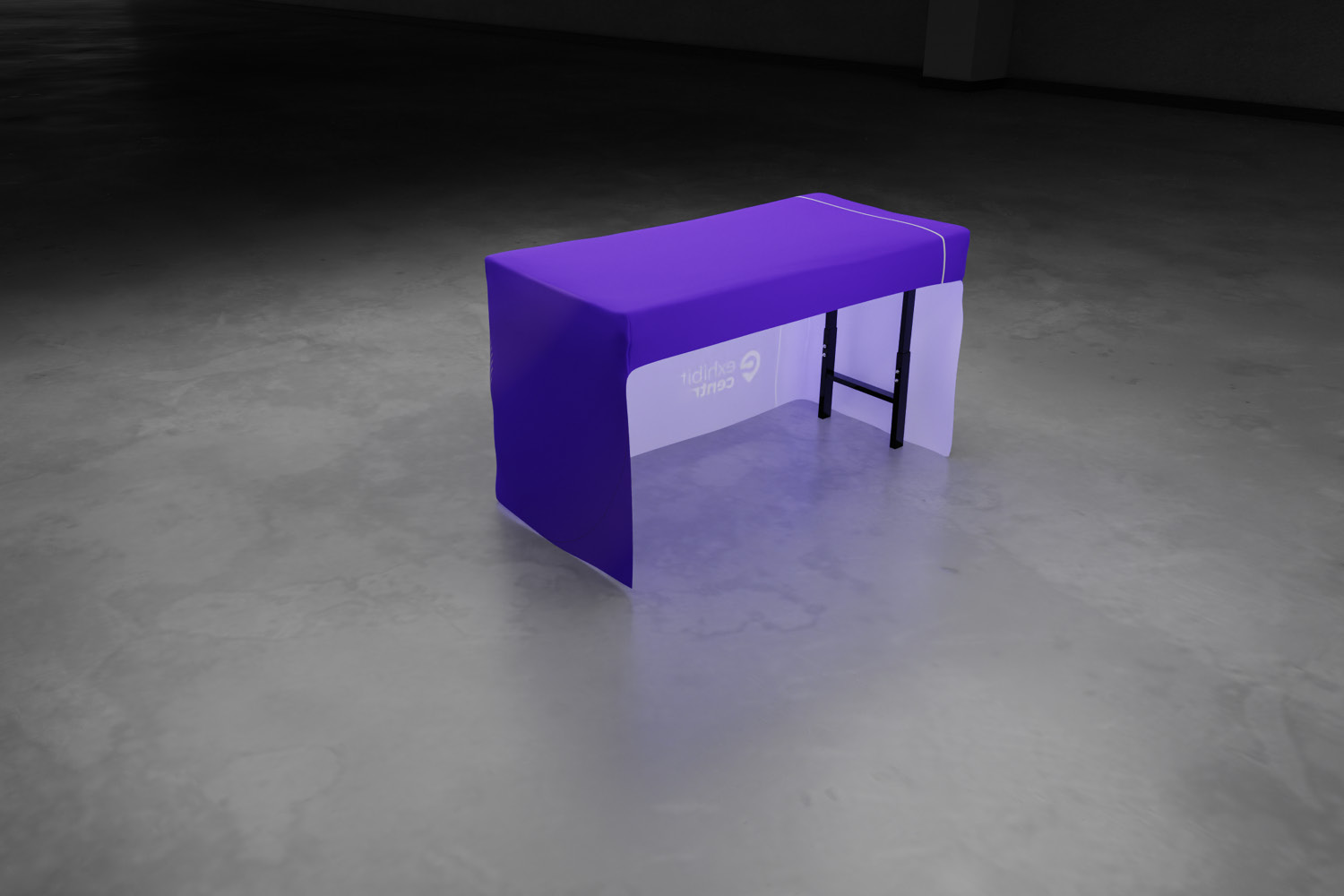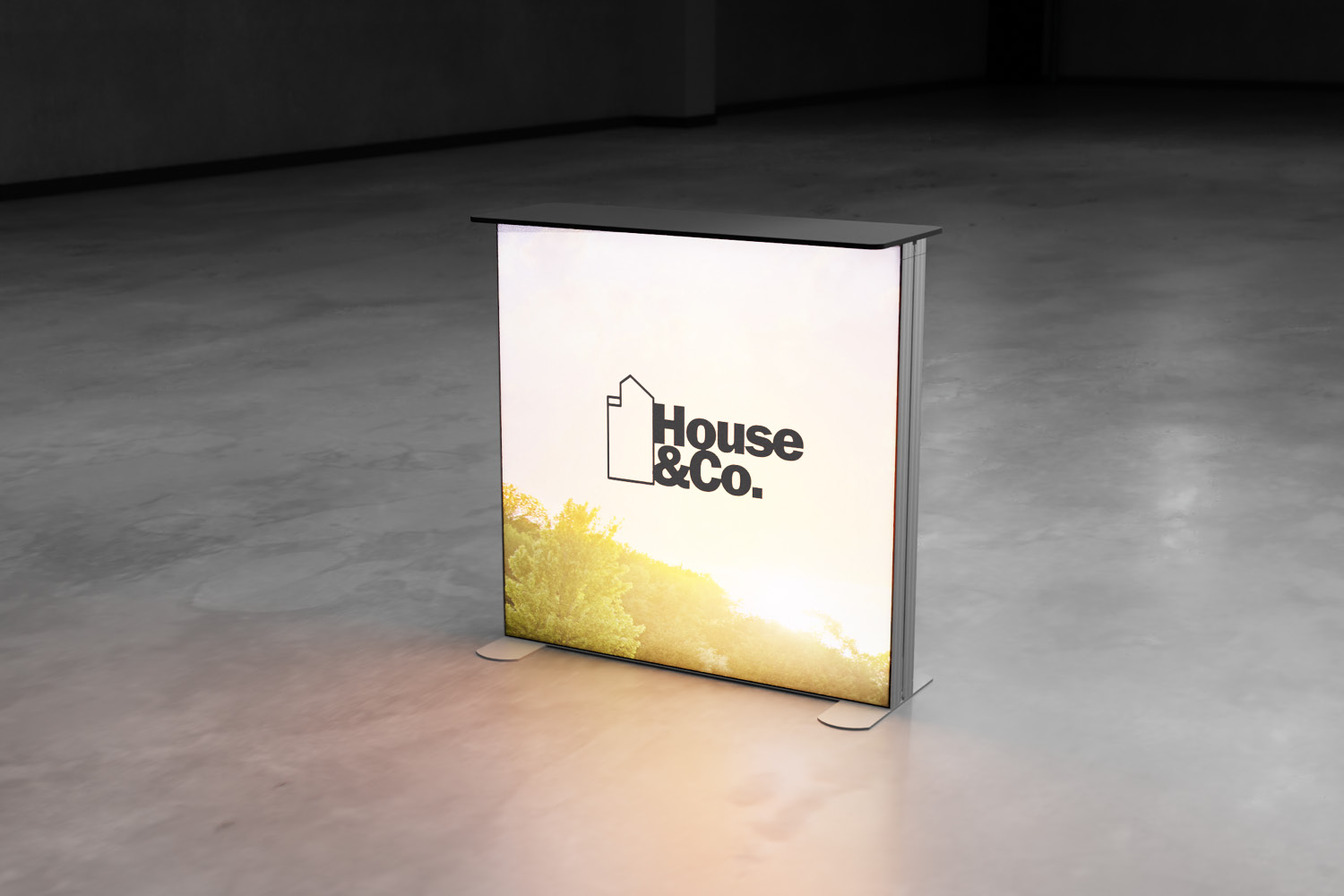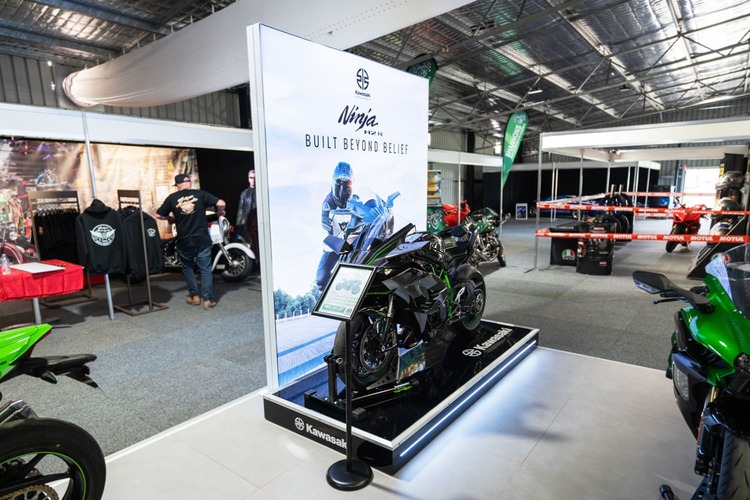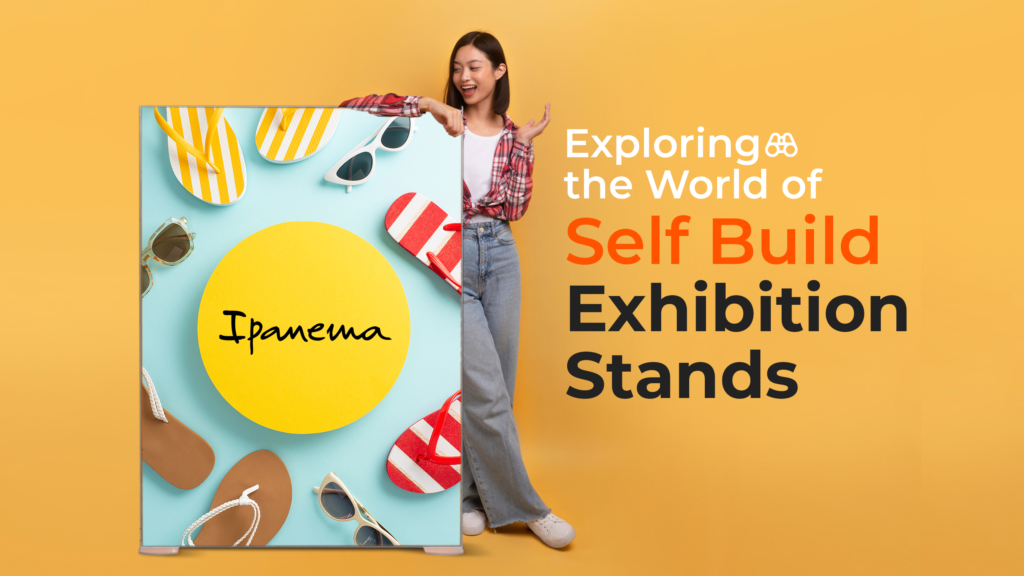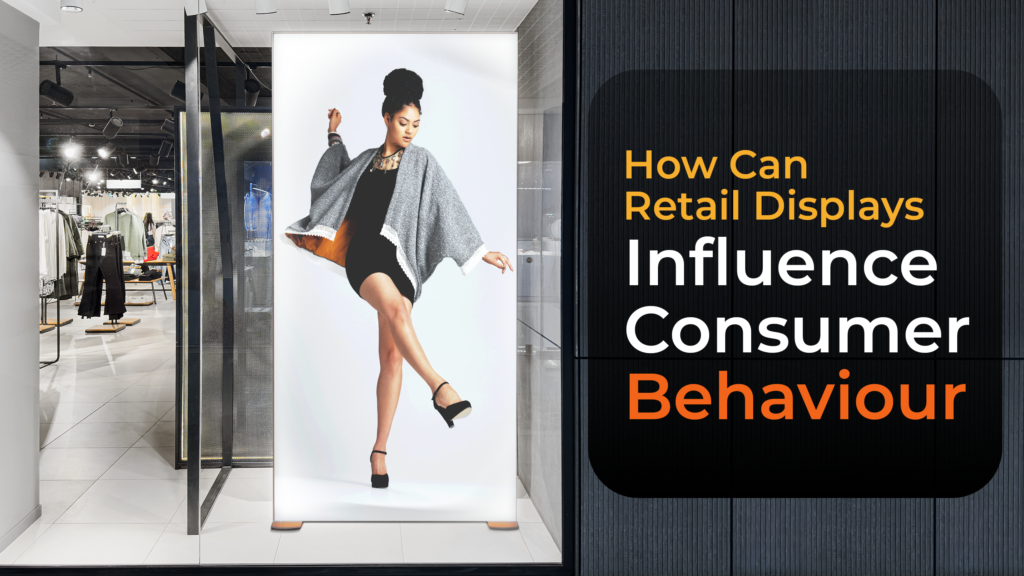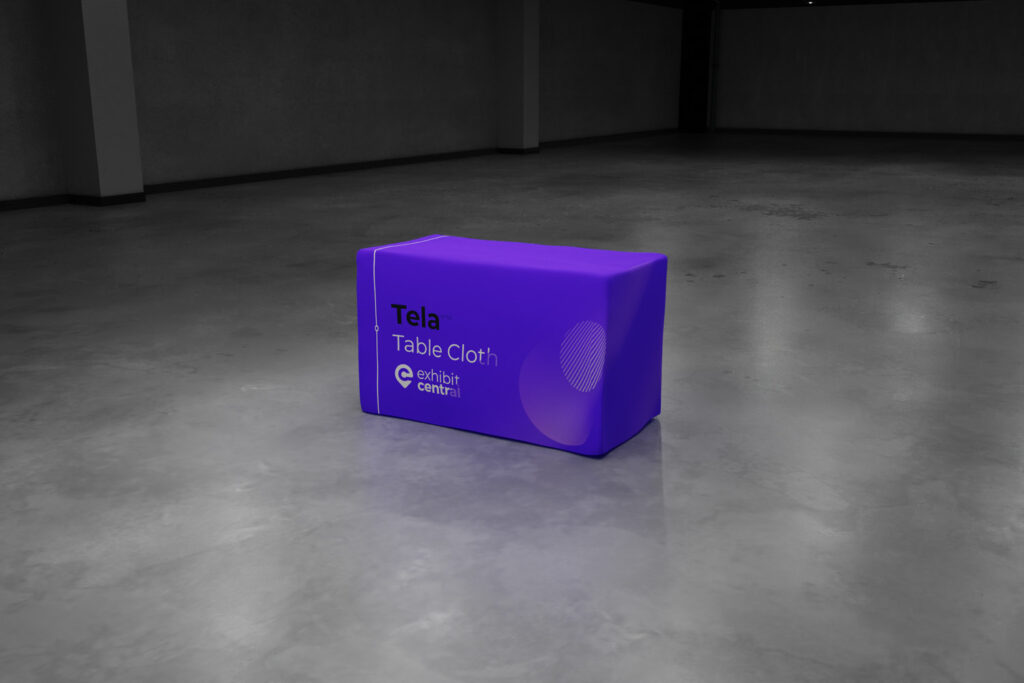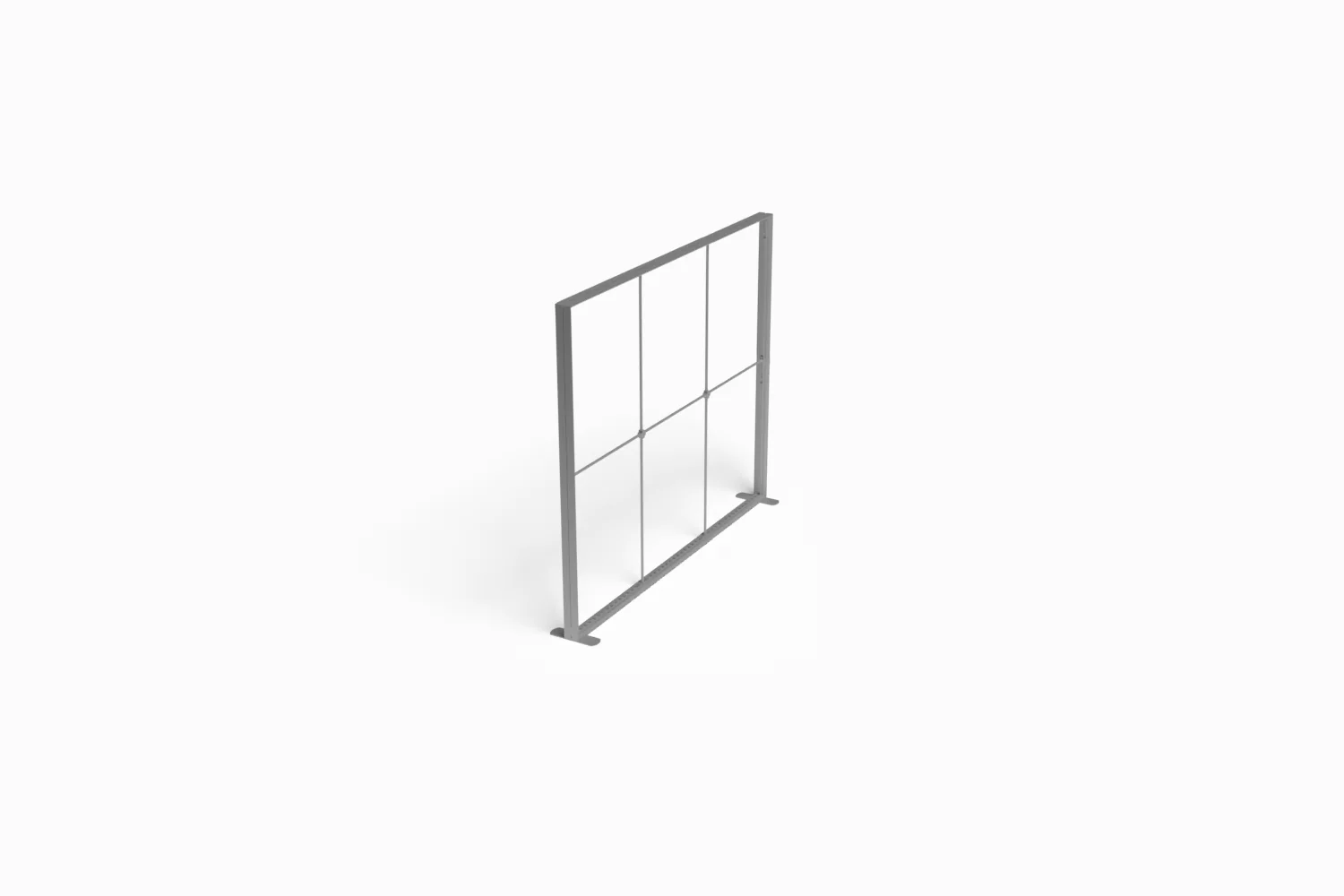
In the world of exhibitions and trade shows, having a captivating display is crucial for grabbing attention and making a lasting impression. Foldable light boxes and exhibit stands have become increasingly popular due to their convenience and versatility. These innovative solutions provide a practical and portable way to showcase products, artwork, and promotional materials. In this article, we will explore the benefits of foldable light boxes and discuss various types of foldable exhibition booth components to help you make an informed choice for your next trade shows.
How do you fold a light box?
Foldable lightbox displays are designed to be user-friendly and easy to set up. They typically consist of a collapsible frame and a fabric or acrylic panel with built-in LED lights. To fold a light box, follow these simple steps:
- Start by unplugging the power cord from the electrical outlet.
- Carefully remove any additional accessories or attachments from the light box.
- Gently collapse the frame by pushing the sides inward. Some light boxes use a pop-up mechanism for quick assembly and disassembly.
- Fold the fabric or acrylic panel along the creases to create a compact shape.
- Place the folded light box and its components in a suitable carrying case or bag for safe storage and transportation.
With practice, folding a light box becomes second nature, allowing you to effortlessly set up and dismantle your exhibit.
Do foldable light boxes easily break?
One common concern with foldable light boxes is their durability. However, modern designs prioritize sturdiness and reliability. Foldable light boxes are constructed with high-quality materials such as lightweight aluminum frames and robust fabric or acrylic panels. While they may not be as rugged as traditional fixed light boxes, foldable versions are built to withstand regular use when handled with care.
To ensure the longevity of your foldable lightbox, follow these guidelines:
- Avoid applying excessive force when folding or unfolding the light box.
- Store the light box in a dry and clean environment to prevent damage from moisture or dust.
- Handle the fabric or acrylic panel gently to prevent tears or scratches.
- Use a padded carrying case or bag to protect the light box during transportation.
By following these precautions, you can enjoy the benefits of these portable display stands without worrying about premature wear and tear.
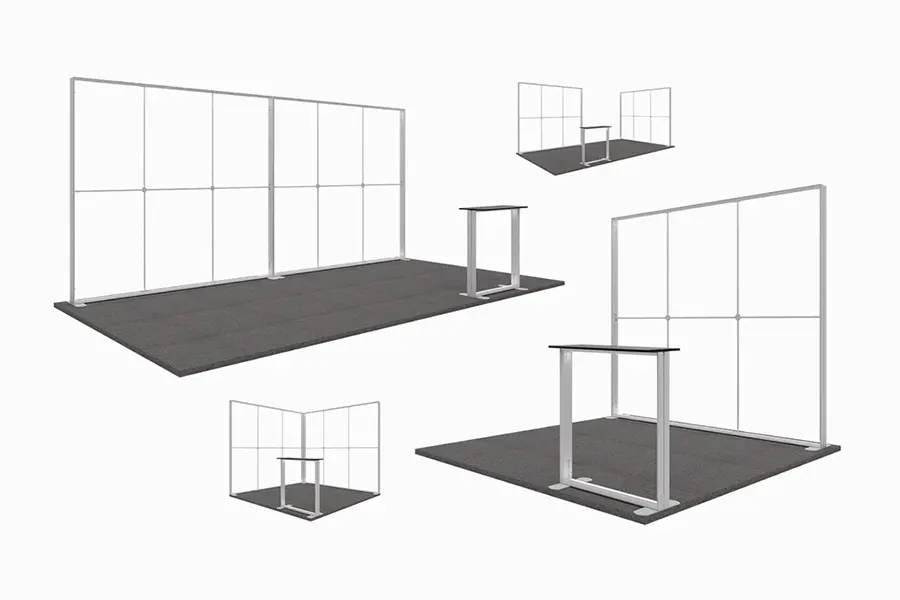
Kinds of foldable exhibition stands
Foldable exhibition stands come in various styles and configurations, catering to different display requirements and business needs. Here are a few popular types:
Pop-Up Stands: These portable display stands feature a collapsible frame that expands and locks into place, providing a sturdy backdrop for graphics or fabric panels. Pop-up stands are versatile, allowing you to customize the layout by adding accessories such as shelves or monitor mounts.
Banner Stands: Compact and lightweight, banner stands are ideal for smaller exhibits or limited spaces. They consist of a retractable banner that can be easily rolled up or down. Some models even come with adjustable height options for added flexibility.
Panel Displays: Panel displays are modular systems that allow you to create a personalized exhibit layout. The panels can be connected or detached, offering endless configuration possibilities. This portable display often includes accessories like shelving, literature racks, and lighting options.
Choosing the best foldable stand for your exhibit
When selecting a foldable stand for your exhibit, consider the following factors:
Size and Portability: Assess the available space at your exhibition venue and choose a stand that fits comfortably. Additionally, ensure that the stand is lightweight and easy to transport, especially if you frequently participate in multiple events.
Versatility and Customization: Determine whether the stand can be customized to suit your specific display needs. Look for features like adjustable heights, interchangeable panels, and accessories that allow you to showcase your products or services effectively.
Durability: Opt for portable display that is made from durable materials like aluminum or high-quality plastic. Check for reinforced joints and sturdy connections to ensure that the stand can withstand frequent assembly and disassembly without compromising its structural integrity.
Ease of Assembly: Consider the time and effort required to set up the stand. Look for stands with user-friendly mechanisms that allow for quick and hassle-free assembly. This will save you valuable time and energy during the hectic setup process.
Visual Appeal: Your exhibition stand should effectively represent your brand and attract attention. Choose a foldable stand that offers ample space for graphics, branding, and signage. Consider options like integrated lighting to enhance the visual impact of your display.
Cost-Effectiveness: Set a budget for your exhibition stand and explore different options within your price range. While it’s important to invest in quality, there are often affordable foldable stands available that offer the necessary features for your exhibit.
Customer Reviews and Recommendations: Before making a final decision, read customer reviews and seek recommendations from industry professionals or fellow exhibitors. Their experiences can provide valuable insights and help you make an informed choice.
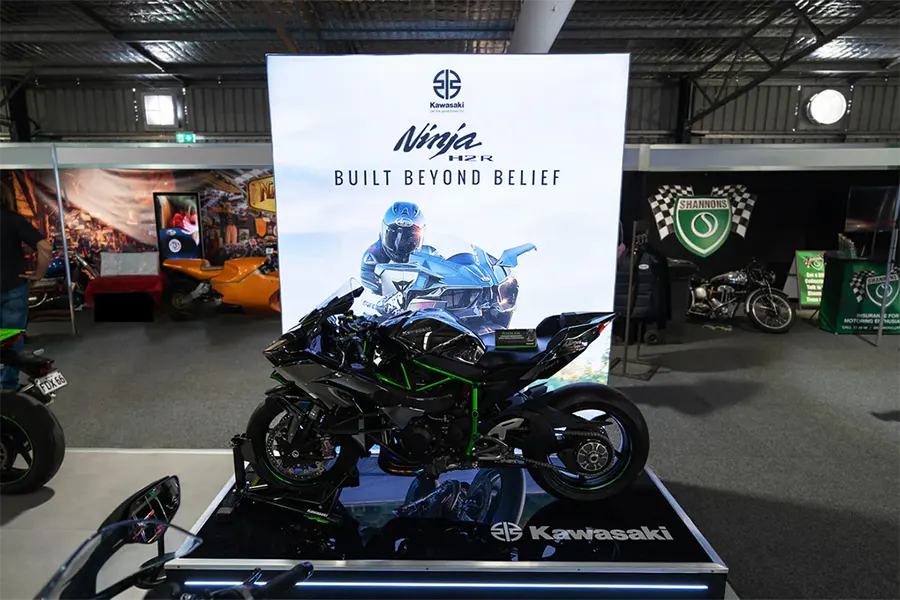
In conclusion, foldable light boxes and exhibition stands provide a practical and convenient solution for showcasing your products and attracting attention at trade shows and exhibitions. With their ease of use, portability, and versatility, they offer a flexible and cost-effective way to create impactful displays. By following proper handling and storage practices, foldable light boxes can maintain their durability and functionality. When choosing a foldable stand, consider factors such as size, portability, customization options, durability, ease of assembly, visual appeal, and cost-effectiveness. With the right foldable stand, you can create a compelling exhibit that leaves a lasting impression on your target audience.
Share
Author
Latest posts
Exploring the World of Self Build Exhibition Stands
The world of trade shows and exhibitions can be intimidating, especially for first-time exhibitors. But fear not! Self-build exhibition stands …
How Can Retail Displays Influence Consumer Behaviour?
Upon entering a store, the retail display often serves as a visual magnet, instantly capturing attention. Whether it’s a small …
From Attraction to Action: Psychological Strategies for Exhibition Display Stands
We all know that trade floors, exhibition halls, conferences, and retail stores are a whirlwind of activity and a battleground …
Drape in Style: Your Ultimate Guide to Choosing Custom Table Cloths
Ditch boring banquet tables and lacklustre trade show booths. Custom table cloths are the secret to transforming any space into …

